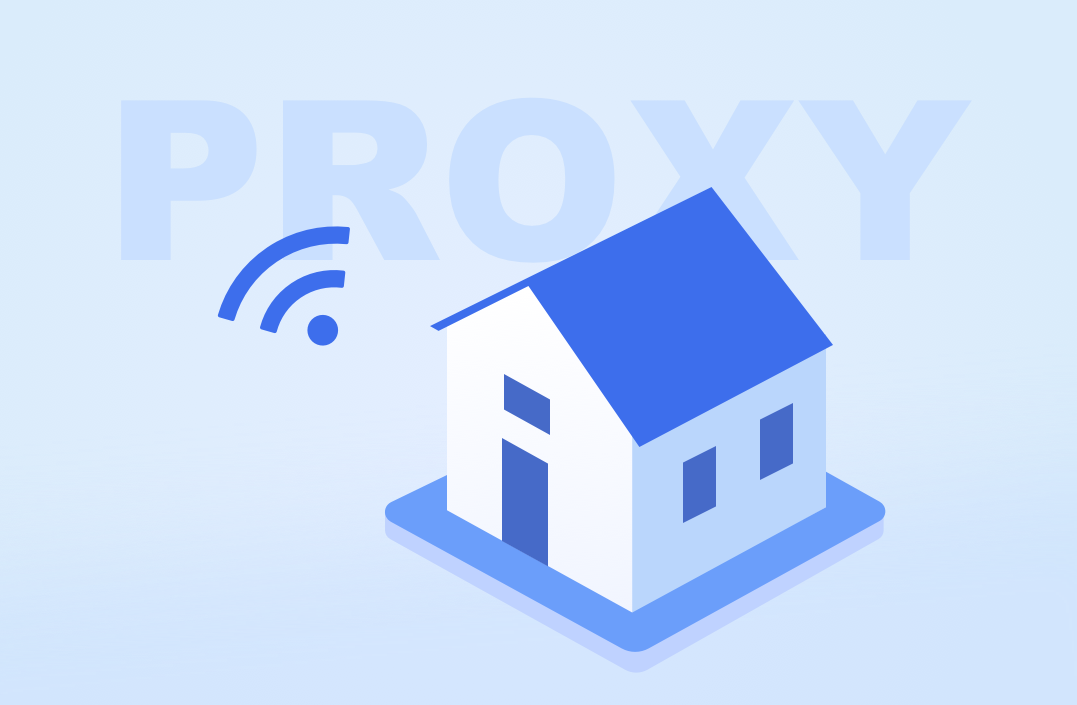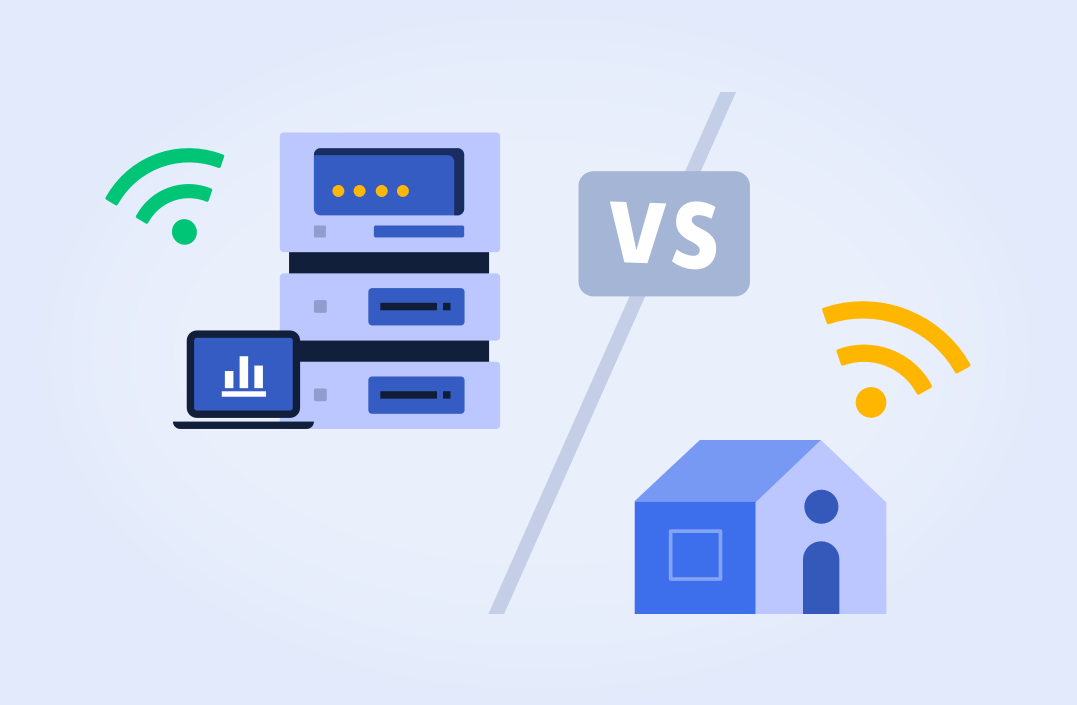The difference between shared IP and dedicated IP
dedicated IP can be used by one user, while shared IP can be used by multiple users.
Application scenarios of shared IP and dedicated IP
1. Internal use in companies and other groups
Within companies, schools and other groups, multiple employees share a computer, so they can share a dedicated line, which is relatively low-cost and more convenient.
2. Use in hotels and other industries
In hotels, guesthouses and other industries, multiple people can use one computer by sharing IP. Since the environment of hotels and guesthouses is relatively complex, there are often guests surfing the Internet at the same time, and network instability is prone to occur, so the shared IP method is more suitable.
Shared IP is a special IP address that multiple users can share. In the network, a user's IP address may not be fixed, such as: computer A, computer B, computer C, etc. When three people A, B, and C use the same network, they can use the same IP address. Sharing IP means setting the IP address of computer A to be shared with B and C so that they are on the same network.
There are two ways to share IP: one is static shared IP and the other is dynamic shared IP. Static shared IP is to set a fixed IP address, such as: 192.168.0.0, while dynamic shared IP is achieved through NAT conversion. During the NAT conversion process, if one user's network needs to access another user's network, this must be achieved through NAT conversion. Dynamic shared IP is to allow three people's networks to share the same IP address. Currently, many free network management software on the market can realize dynamic IP sharing function, and can set different sharing ratios.
Shared IP is generally divided into shared public network IP and shared private network IP.
Shared public network IP means that within an enterprise, multiple users are connected to the enterprise's network through a dedicated line. This method means that everyone uses a dedicated line to provide network services to users. The advantage of using a shared public IP is that it can save costs, because multiple computers can be connected to an enterprise at the same time, and there is no need to provide a separate network address for each computer. However, the disadvantage is that it cannot guarantee that every computer can access the Internet normally.
Shared private network IP refers to the cooperation between an enterprise and an operator. The operator provides the enterprise's internal network address, and the enterprise is only responsible for using this address to access the enterprise's internal website. The advantage of using a shared private network IP is that it can ensure that every computer can access the Internet normally, but the disadvantage is also obvious, because you can only access the Internet after establishing a relationship with an operator.
The difference between a shared dedicated line and a virtual private network is that a shared dedicated line directly connects to the Internet using the address provided by the operator, while a virtual private network uses a virtual server to access the Internet. Although a virtual private network can ensure that every computer can access the Internet normally, the cost is much higher than a shared private network.
Dedicated line access means that users access the network through a telecom operator's dedicated line, and a dedicated network is established within the enterprise or home through optical fiber and other means, which can provide high-speed data transmission services when customers need it. Users can access the Internet at home through dedicated lines provided by telecom operators to achieve high-speed Internet access. The dedicated line access networks of telecom operators mainly include the following types:
1. Private line customers can connect their broadband lines (ADSL/SDH/VDSL) to the telecommunications operator's optical fiber to achieve high-speed Internet access at home.
2. Access the ISP (Internet Service Provider) through ADSL or other methods, and access the Internet through the ISP's broadband line.
Shared IP data means that multiple users use the same computer, but they share an IP address, and these people share data within the same IP address range. For example: A company has 10 employees, and they use 10 machines in the same IP address range to access the same file. Each employee has their own independent IP address, but they share data within the same IP address range. For example: when one computer A is accessing file B, another computer B is also accessing file A. When A and B both access files within the same IP address range, they share a file, but the two computers cannot access each other's files. In other words, two people can access files in the same IP address range, but they cannot access each other's files. Therefore, sharing IP data allows multiple users to use one computer at the same time.

What should I pay attention to when using dedicated IP and shared IP?
1. The difference between dedicated IP and shared IP
Dedicated IP means that only one user is allowed to use it, and multiple users are not allowed to use it at the same time; while shared IP means that multiple users are allowed to use an ip address at the same time.
2. Application scenarios of dedicated IP and shared IP
An enterprise dedicated line refers to a dedicated data communication line provided by a communications operator, with the other end of the line being the Internet or the Internet. In this dedicated line, data communication services are encapsulated in a specific data packet and configured with special parameters that are different from other ordinary data packets. That particular packet is sent to the carrier's private data network, which is typically connected to the Internet.
Generally speaking, the amount of data transmitted by a dedicated line is relatively large, and it is provided by the operator, so it is more reliable than a shared IP. This method is generally suitable for some special industries, such as large enterprises, hospitals, financial institutions, etc.
Shared IP and dedicated IP are both methods used by network service providers to provide services to users. There are many advantages to using shared IP and dedicated IP within your enterprise's internal and external networks. For example, enterprises can interconnect multiple departments and units at lower costs; enterprises can flexibly allocate network resources according to actual needs; enterprises can establish internal networks to meet the network quality of service (QoS) requirements of different departments and units; etc.
Dedicated IP: Mainly used for network isolation to prevent unauthorized users from connecting to the network and ensure network security. Its safety is higher.
Shared IP is mainly used for shared network segments, and its security is relatively low.
In addition, since the scope of use of dedicated IP is limited and is generally only used in certain specific areas, the security of dedicated IP is generally higher than that of shared IP.
There is still a big difference between a shared IP and a dedicated IP. When users choose shared IP or dedicated IP, they must choose the appropriate network environment based on their actual needs.
360Proxy provides 100% real residential proxy IP, covering 190+ countries and regions, with more than 80M+ IP resources, standing on the same line as users, providing users with stable and secure connections. Ensure the normal use of various services.

 Username: Password
Username: Password
 Whitelist IP
Whitelist IP
 Proxy Manager
Proxy Manager
 Google Chrome Extension
Google Chrome Extension





























 Dashboard
Dashboard Sign Out
Sign Out































 USA
USA France
France Brazil
Brazil Vietnam
Vietnam Spain
Spain









